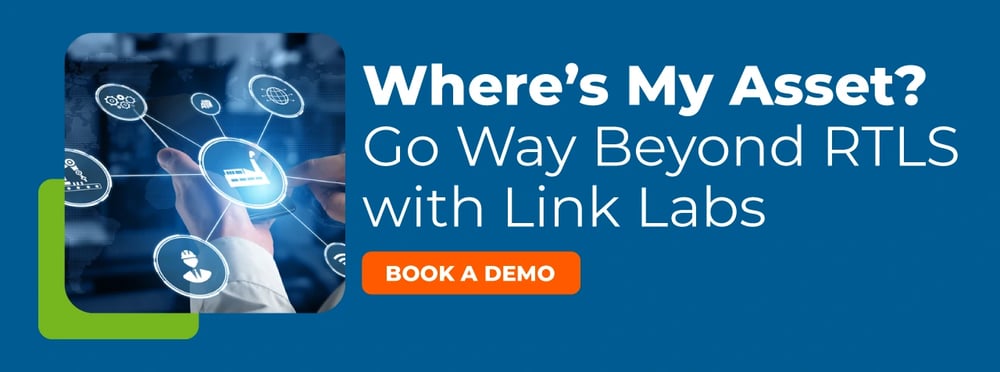Anyone who spends time researching the future of commercial trucking will come across information about autonomous trucks. Class 8 commercial trucks typically log astronomical mileage with relatively predictable conditions. That’s an ideal environment for developing and providing self-driving technology. And now, due to Covid restrictions, carriers are looking for ways to resolve labor and supply shortages. Just look at the money. In the first half of 2021, investors showered autonomous-trucking developers with a record of $5.6 billion. That’s up from $4.2 billion in all of 2020, according to research firm Pitchbook.
Imagine being able to not only transfer commercial goods from point a to point b autonomously, but also have the added advantage of knowing their exact location and other information, such as temperature? This advancement is made possible by the integration of asset tracking systems for commercial trucking. Let’s take a look at some of the key benefits to implementing this type of system.
Inventory Tracking
One of the most common needs in regard to asset tracking is being able to identify where inventory is located. Companies want to know if inventory is in storage, on the road, or delivered. With an indoor asset tracking system companies can more easily identify the location of inventory inside a facility, while anything in transit can be located with an outdoor asset tracking system.
That said, what if you want a system that tracks assets both indoors and outdoors? Many companies are no longer satisfied with buying two separate systems. Asset tracking technology has progressed to provide all-in-one solutions with the added flexibility of working both indoors and outdoors, while working freely between the two environments.
Proof of Delivery
There are two documents that every carrier needs after a shipment. The first is a bill of lading (BOL), and the second is proof of delivery (POD). A BOL is a written receipt that confirms the transportation of goods by a carrier, while a POD is a receipt that the consignee signs after delivery of the cargo. BOL and POD processes can be improved with a Real Time Location System (RTLS).
A RTLS provides proof or documentation that the shipment made it to the destination. With a RTLS solution that works indoors and outdoors, carriers can have the necessary confirmation and ease of mind to run a quicker, smoother, and more successful business.
Join the AirFinder Difference!
- Innovation. Organizations can be freed up to innovate and bring more impactful products and services to market.
- Profitability. Increased profitability provides new opportunities to innovate and improve valuation.
- Digital Transformation. Discover competitive advantages, new revenue opportunities, improved customer relationships and increased efficiency.
Temperature Monitoring
When shipping perishable goods, temperature-controlled shipping is necessary. Temperature sensitive shipments need good packaging, excellent carriers, and above all, the right temperature. Imagine spending money on an indoor asset tracking system, then an outdoor asset tracking system, and on top of that, a digital temperature gauge for each shipment. However, if a comprehensive solution was enabled, users can do it all with the added benefit of integrated asset tag sensors to determine temperature. Through a software user interface, users can also quickly and easily identify critical data such as temperature, location, and more.
Closing Thoughts
Many companies are turning to AirFinder SuperTag to solve their commercial trucking needs. This one-stop-shop system incorporates five technologies optimized to work hand-in-hand to provide continuous, end-to-end visibility. If you would like to learn more about SuperTag or asset tracking, book a demo today.





